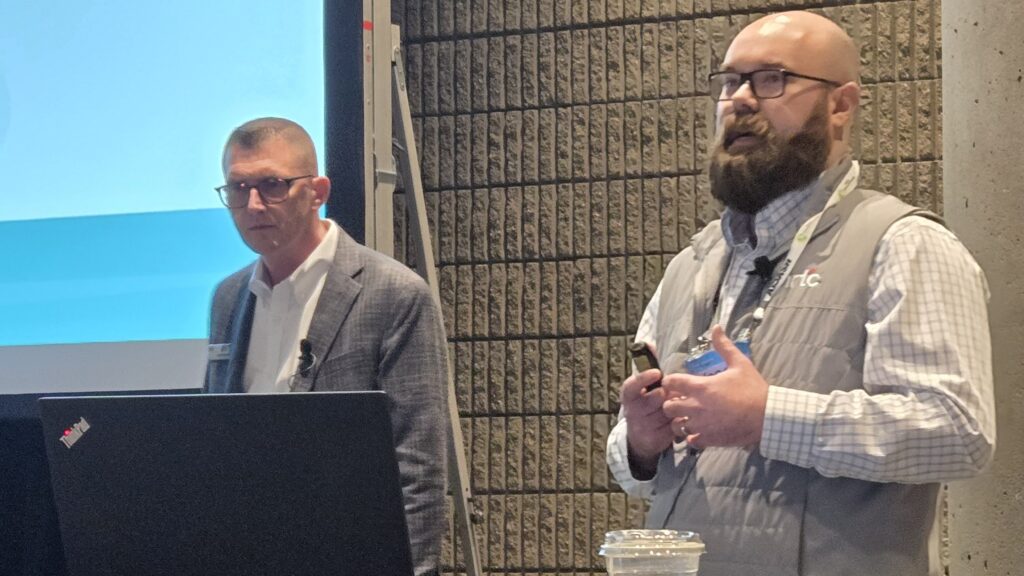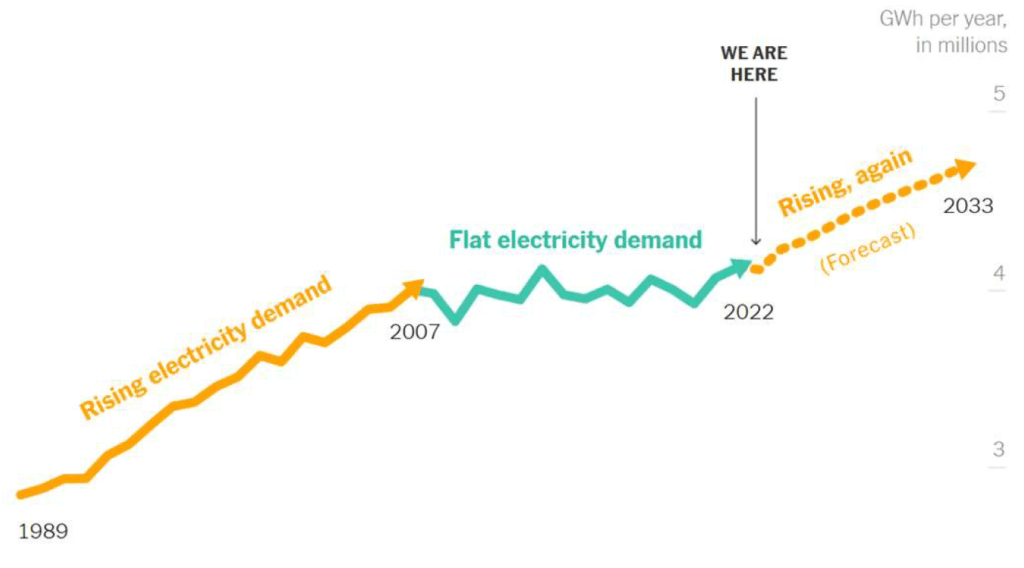USDA Awards $2.7 Billion in Loans for Smart Grid and Fiber Projects
Randy Sukow
|

Electric cooperatives are the main beneficiaries of $2.7 billion in loans the U.S. Department of Agriculture recently announced. The loans will finance 64 separate projects to deploy new technologies and improve electric grid performance in 26 states.
“This funding will help rural cooperatives and utilities invest in changes that make our energy more efficient, more reliable, and more affordable. Investing in infrastructure – roads, bridges, broadband and energy – supports good-paying jobs and keeps the United States poised to lead the global economy,” said Ag Secretary Tom Vilsack in a recent press release.
Many of the loans are aimed at deploying smart grid technologies as well as fiber optic networks to support modern operational and monitoring activities. NRTC members are receiving the largest loans on USDA’s list. Some of them include:
- Great Lakes Energy Cooperative in Michigan will use a $262,796,000 USDA loan for a project that will include a 2,420-mile fiber backbone network.
- South Central Power Co. in Ohio will use a $254,758,000 loan to deploy a 1,130-mile fiber network “to establish reliable communications between the cooperative’s offices, substations, and some remote-operable line devices,” USDA said.
- Withlacoochee River Electric Cooperative in Florida is deploying 60 miles of fiber with a $225,000,000 loan.
- GreyStone Power Corp. in Georgia will receive a $141,938,000 loan to fund a 96-mile fiber backbone.
Under the rules of the Electric Loan Program, support also may go to wind and solar projects, although USDA did not specify whether any of the projects in the most recent list of loans include plans for wind or solar deployments.
The agency indicated that in the future it will award a further $12 billion in loans and grants to cooperatives and other utilities through the Inflation Reduction Act enacted last summer. The Act calls for support to fund “clean energy” projects.


